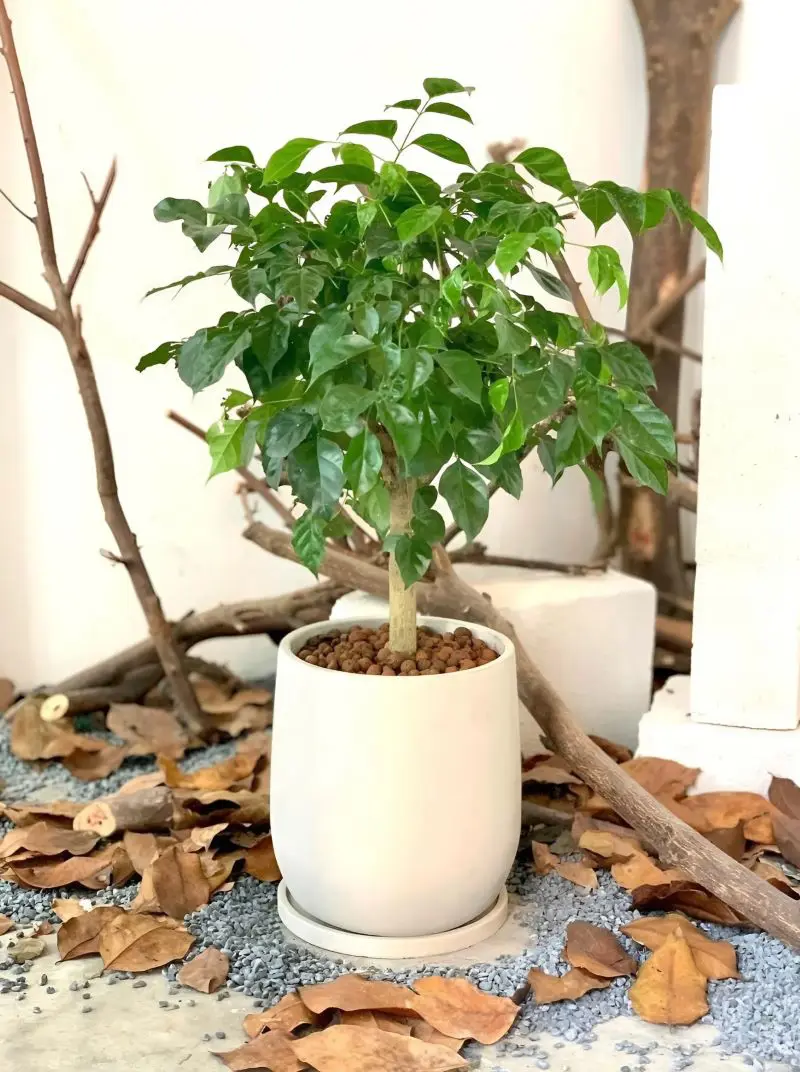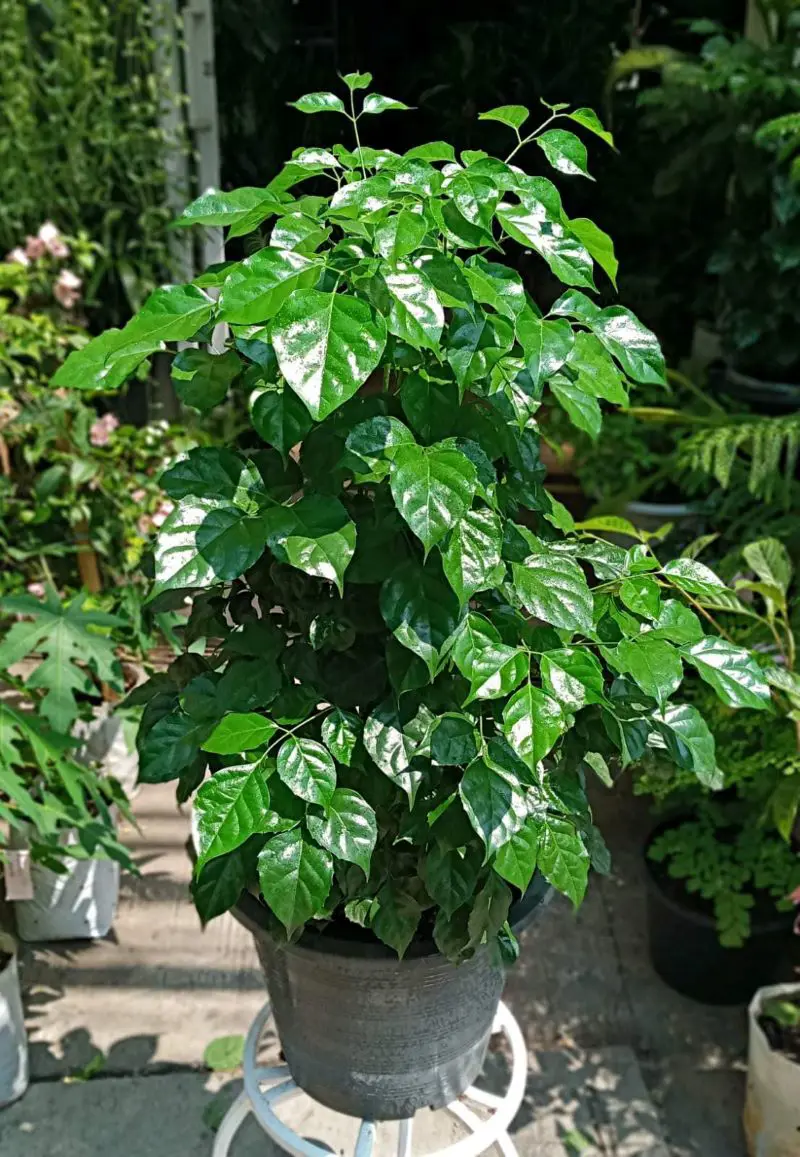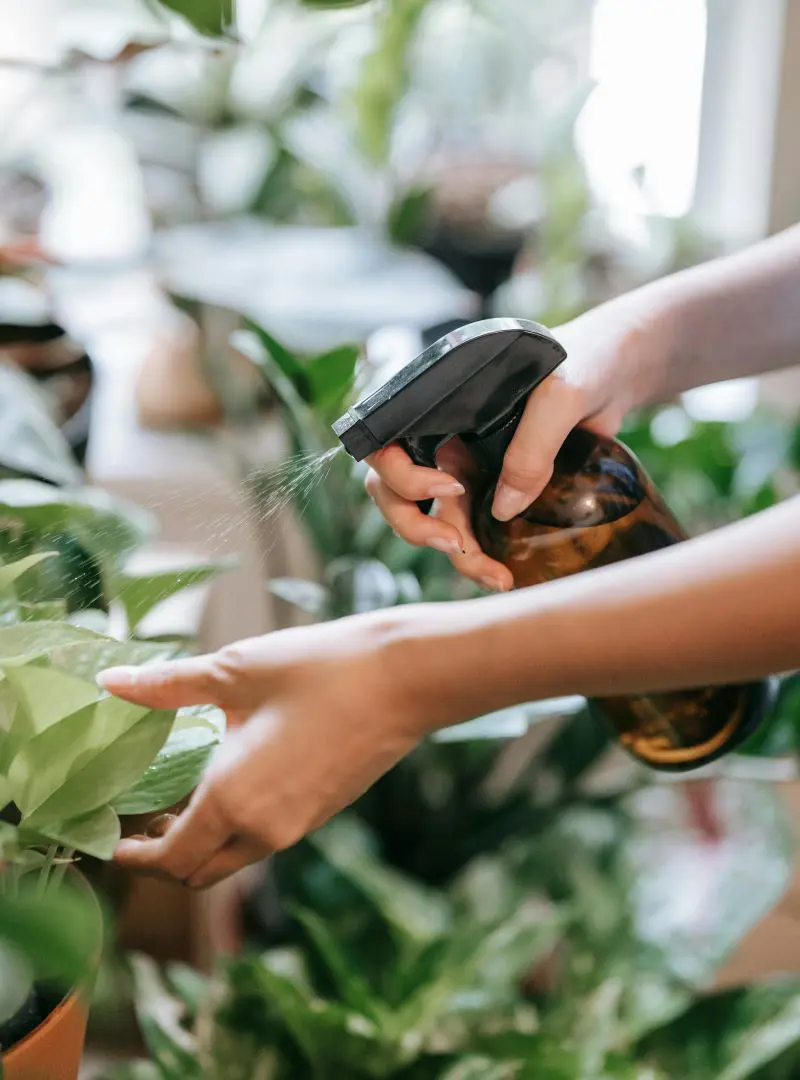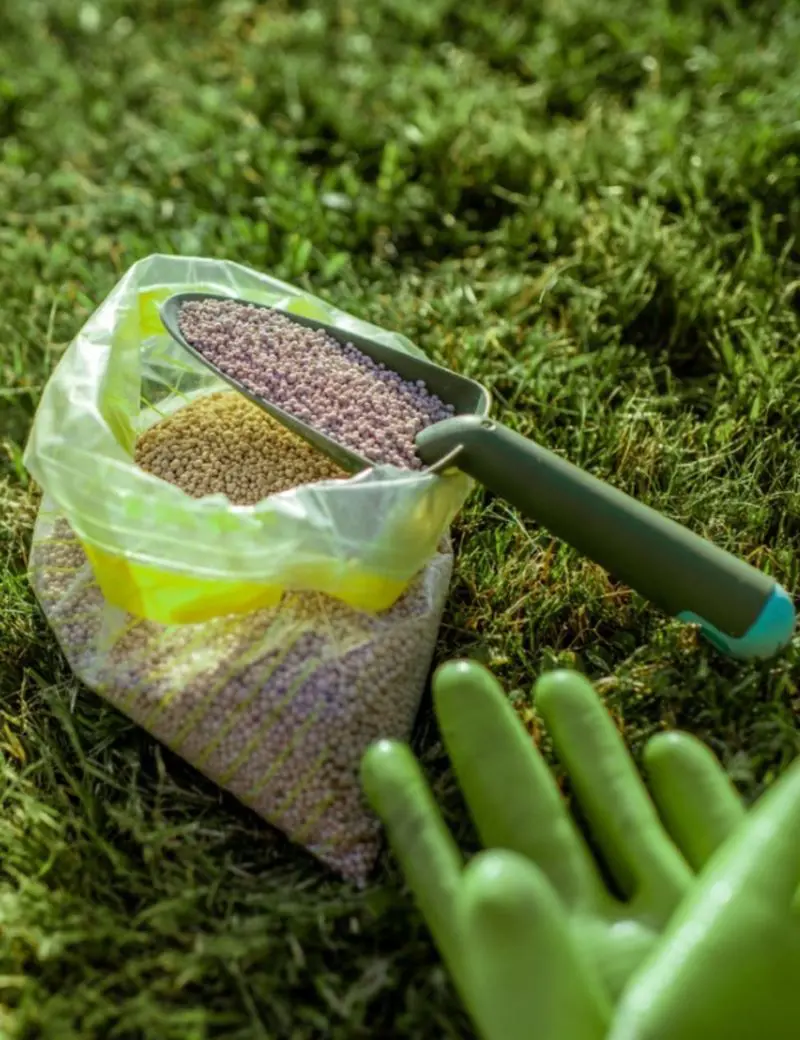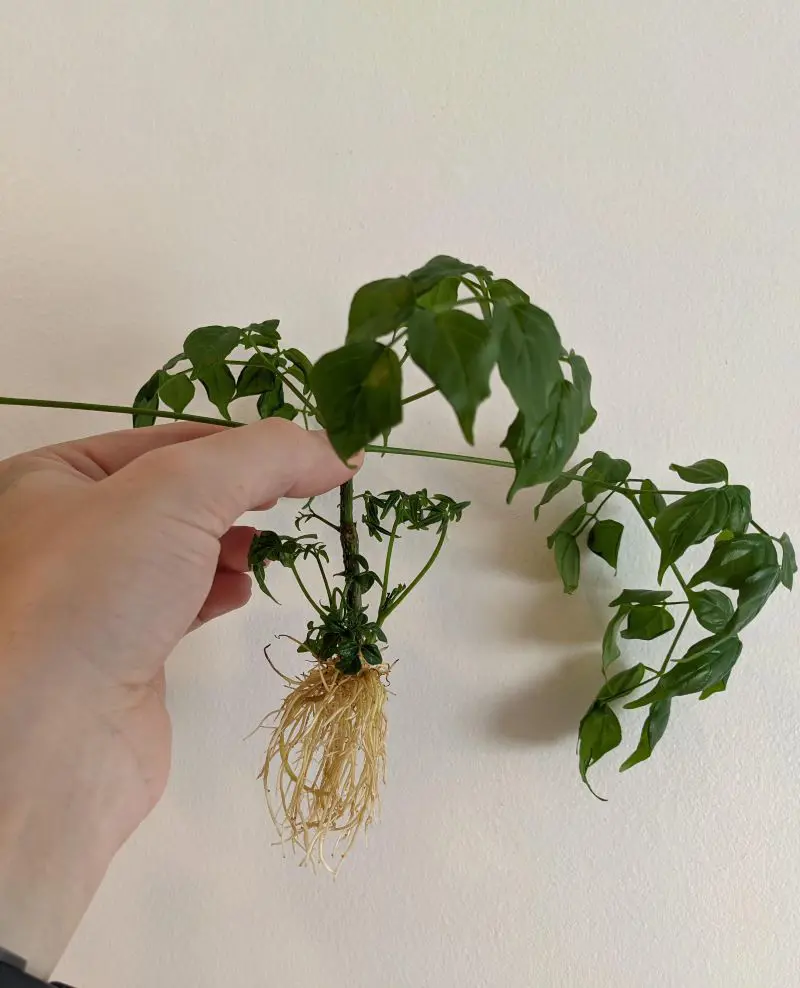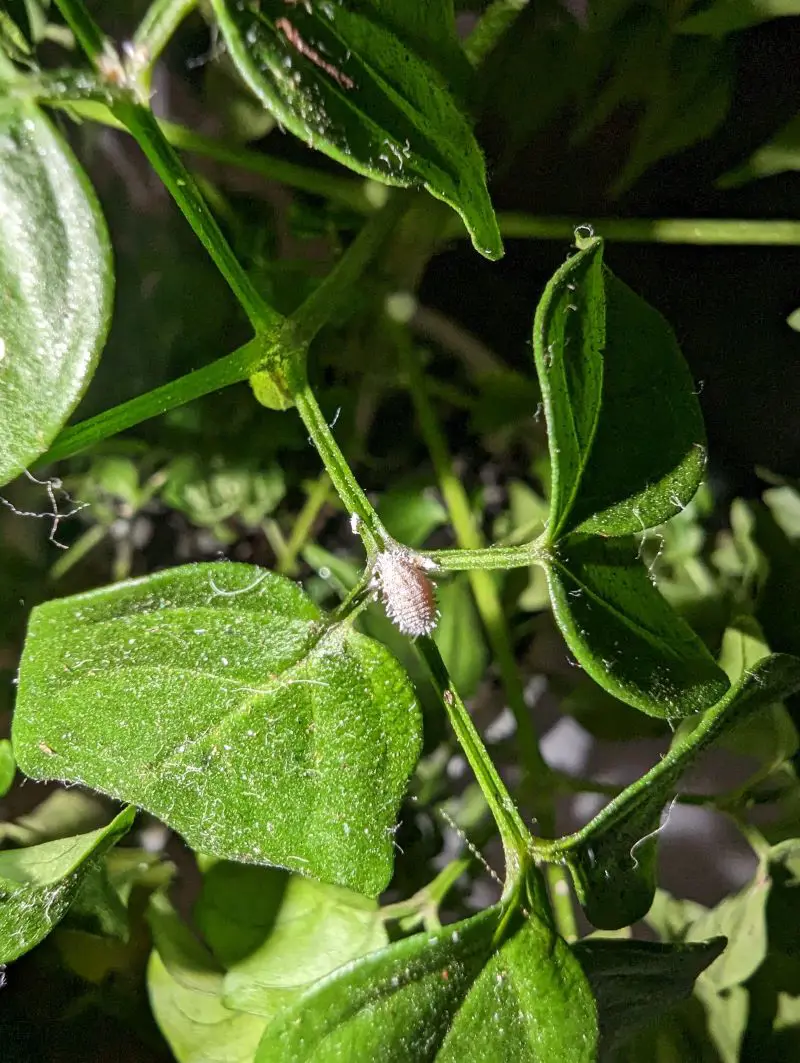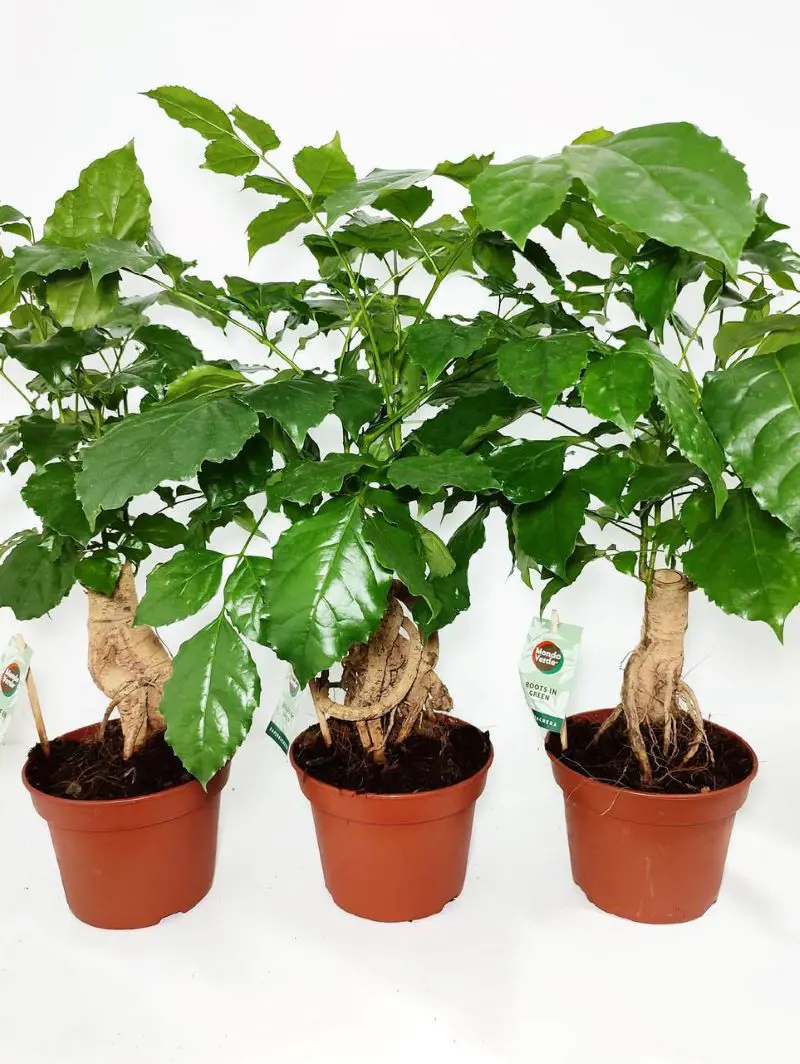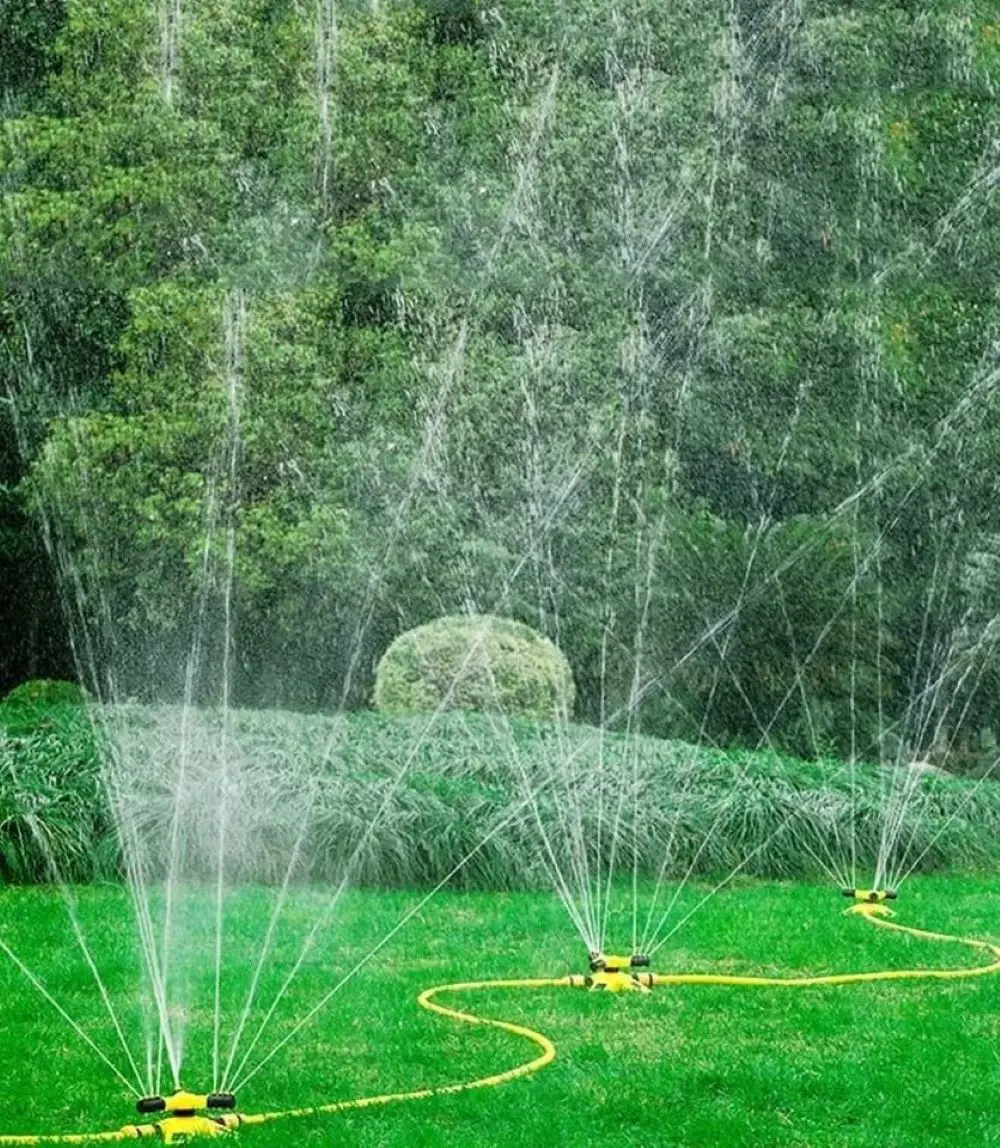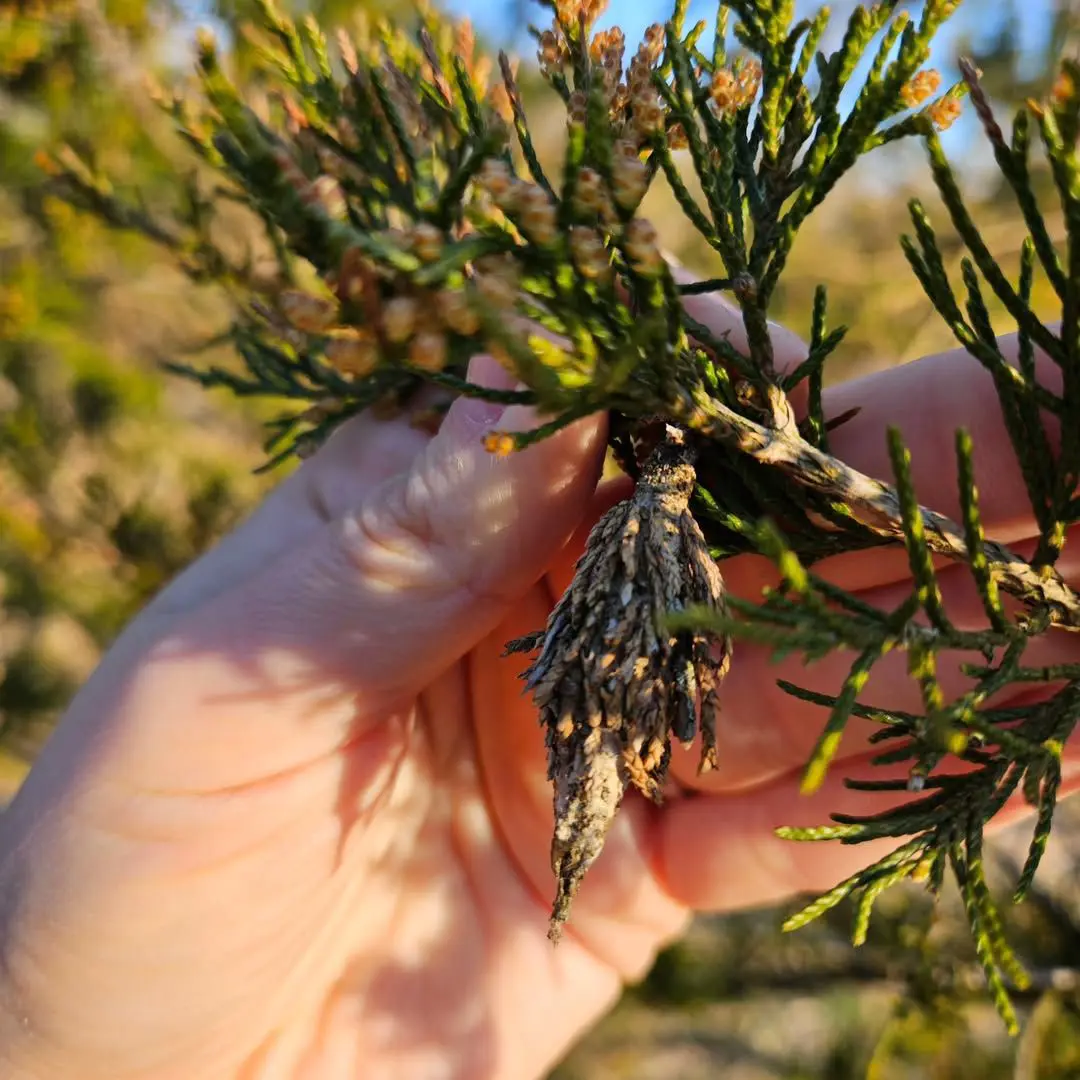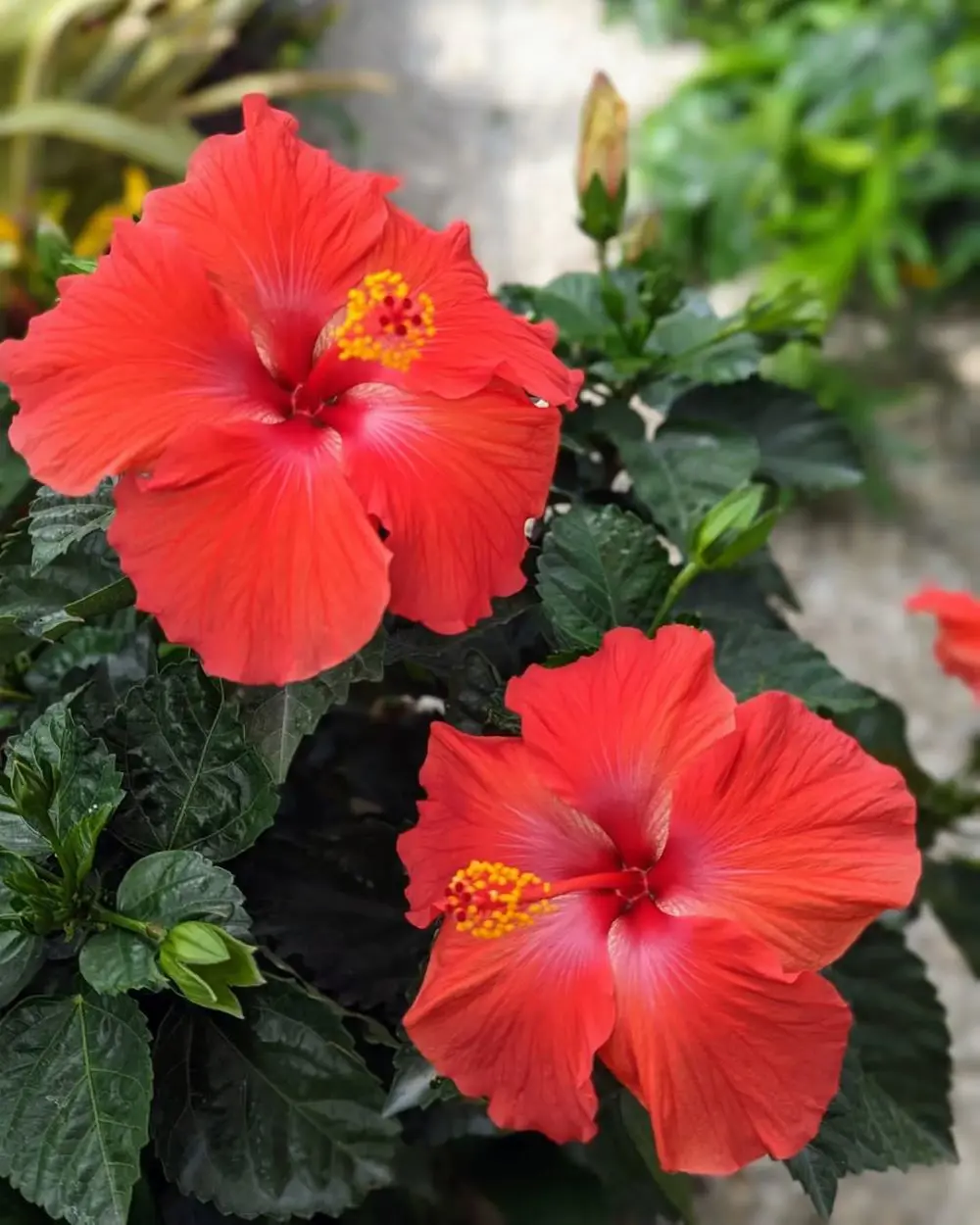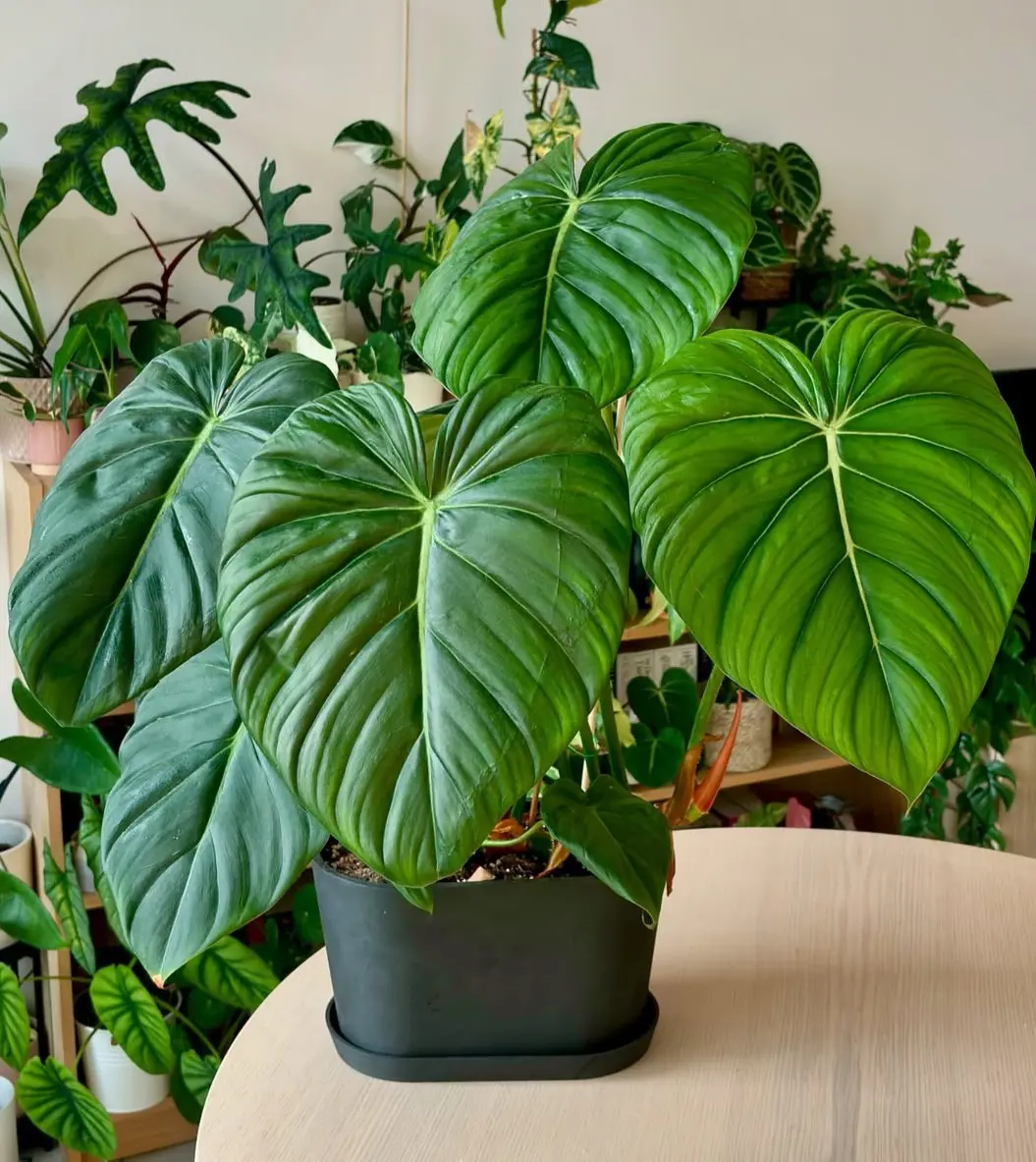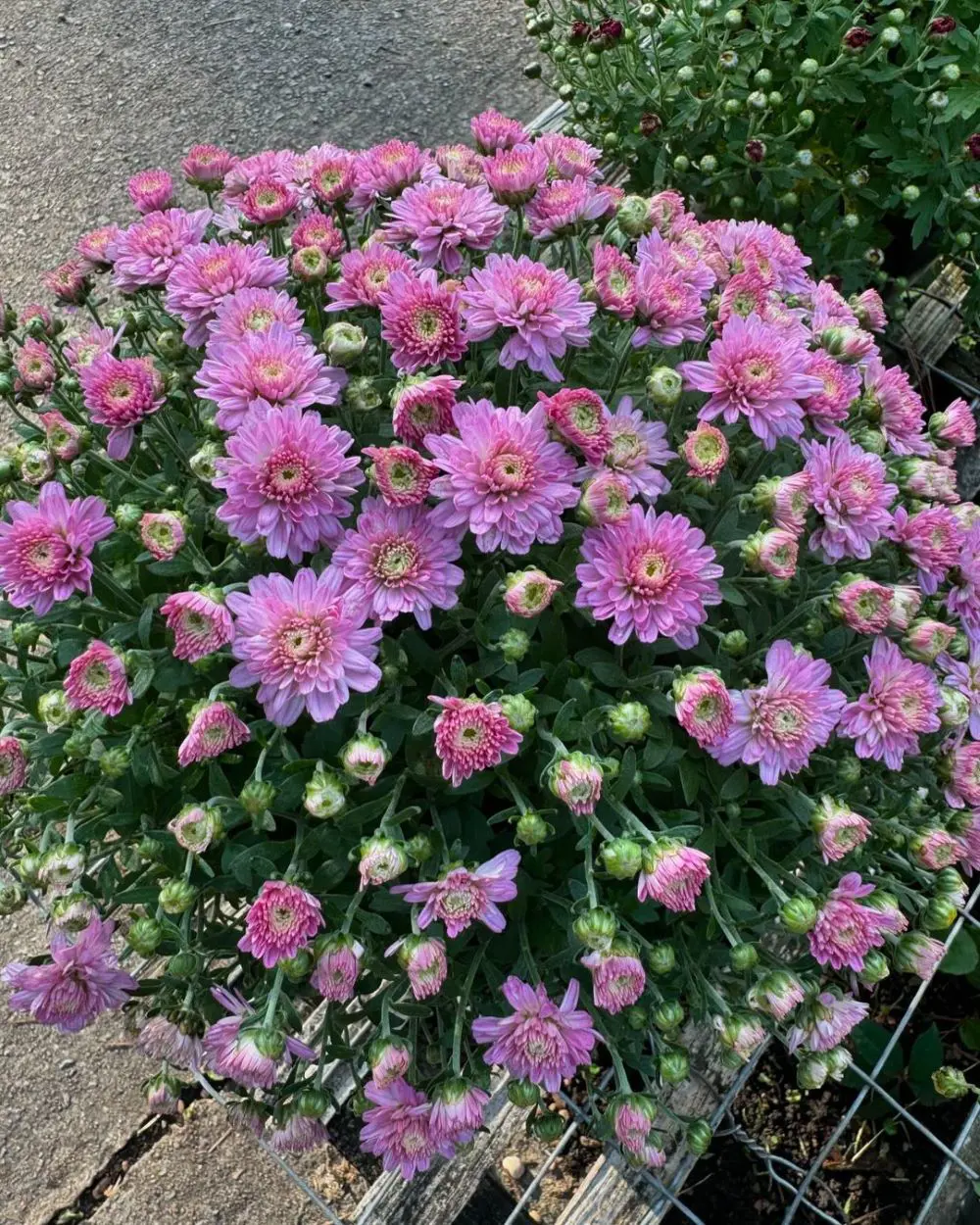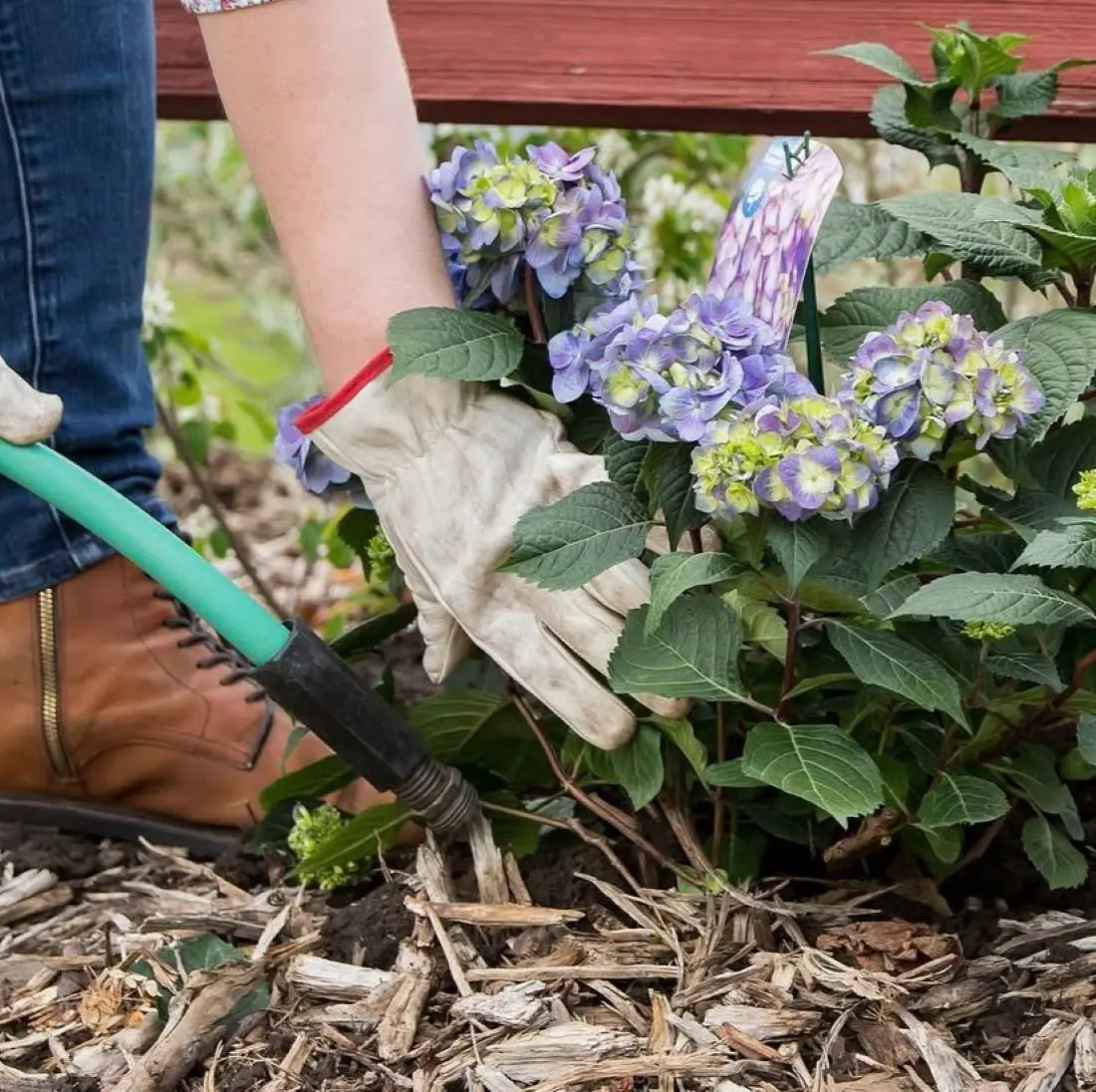China Doll Overview
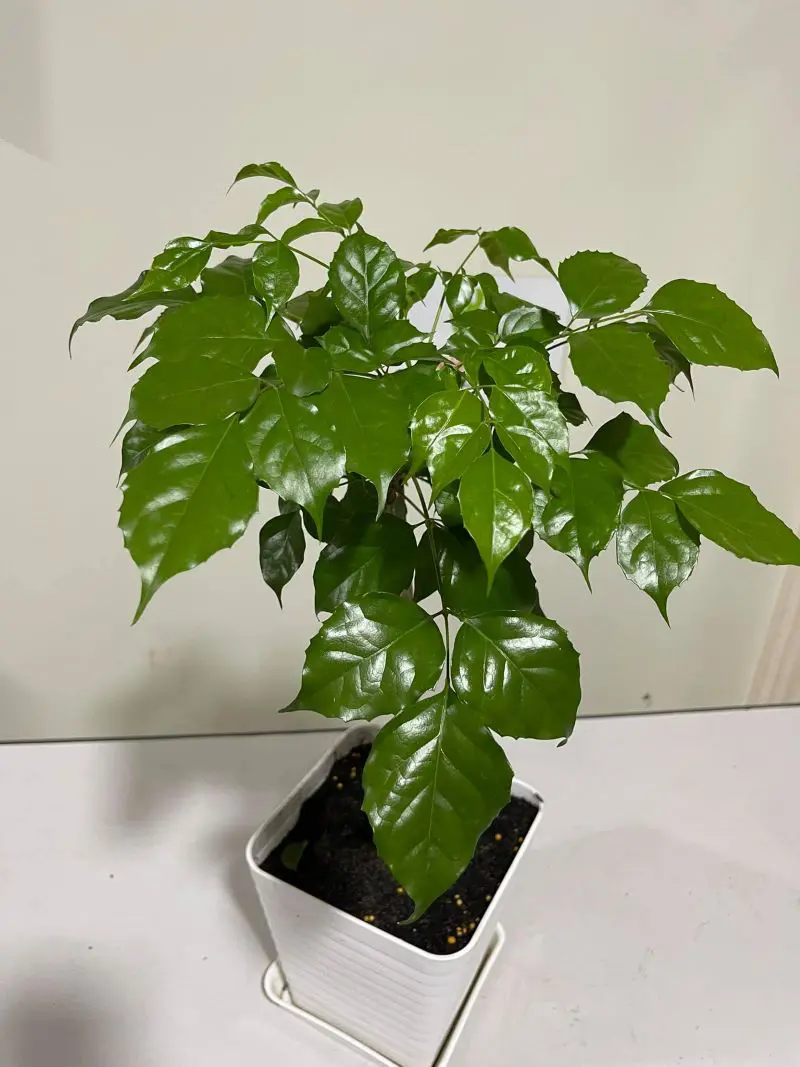
The China Doll Plant, scientifically known as Radermachera sinica, belongs to the family Bignoniaceae and the genus Radermachera. It is a popular ornamental houseplant known for its attractive, glossy green foliage and elegant, tree-like structure.
Native to the subtropical mountain regions of China and Taiwan, this plant is often grown indoors due to its compact size and ability to adapt well to indoor conditions.
- Foliage: Shiny, dark green, fern-like leaves that create a lush, tropical appearance.
- Size: Typically reaches a height of 2-4 feet indoors, with a bushy and compact form.
- Type of Plant: Broadleaf evergreen
- Hardiness Zones: 10 to 12
- Toxic to Pets: No
